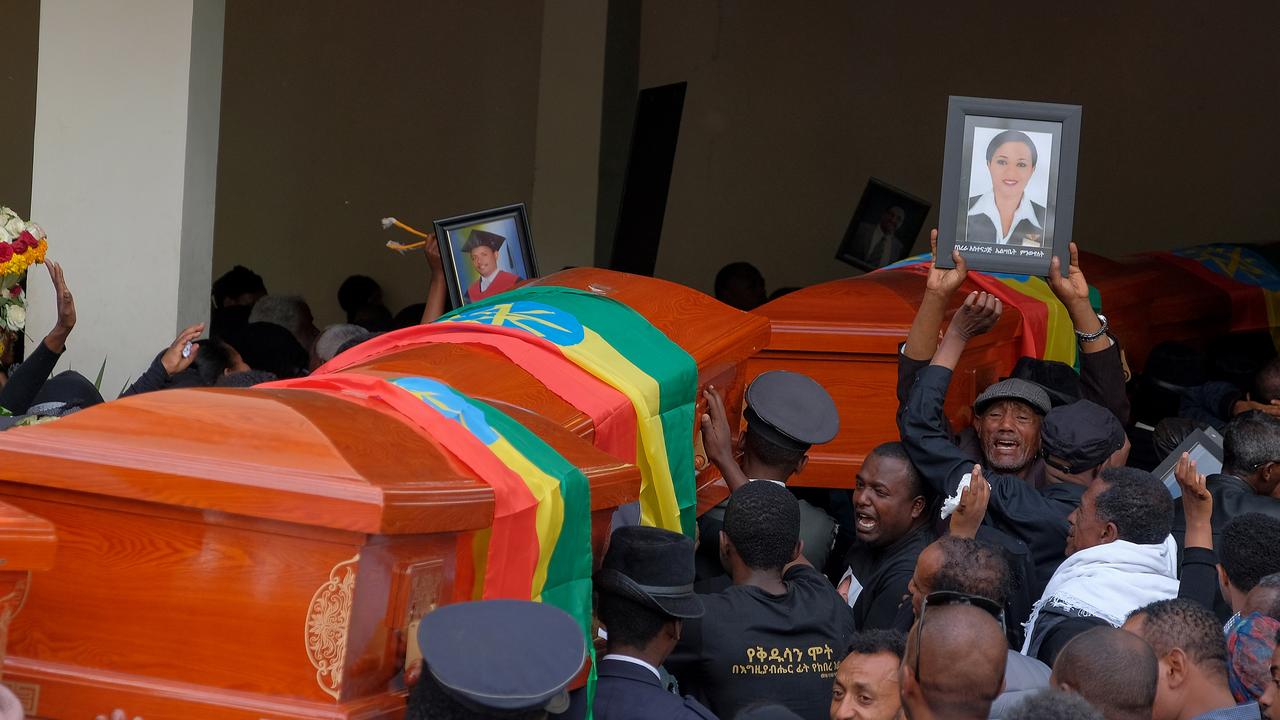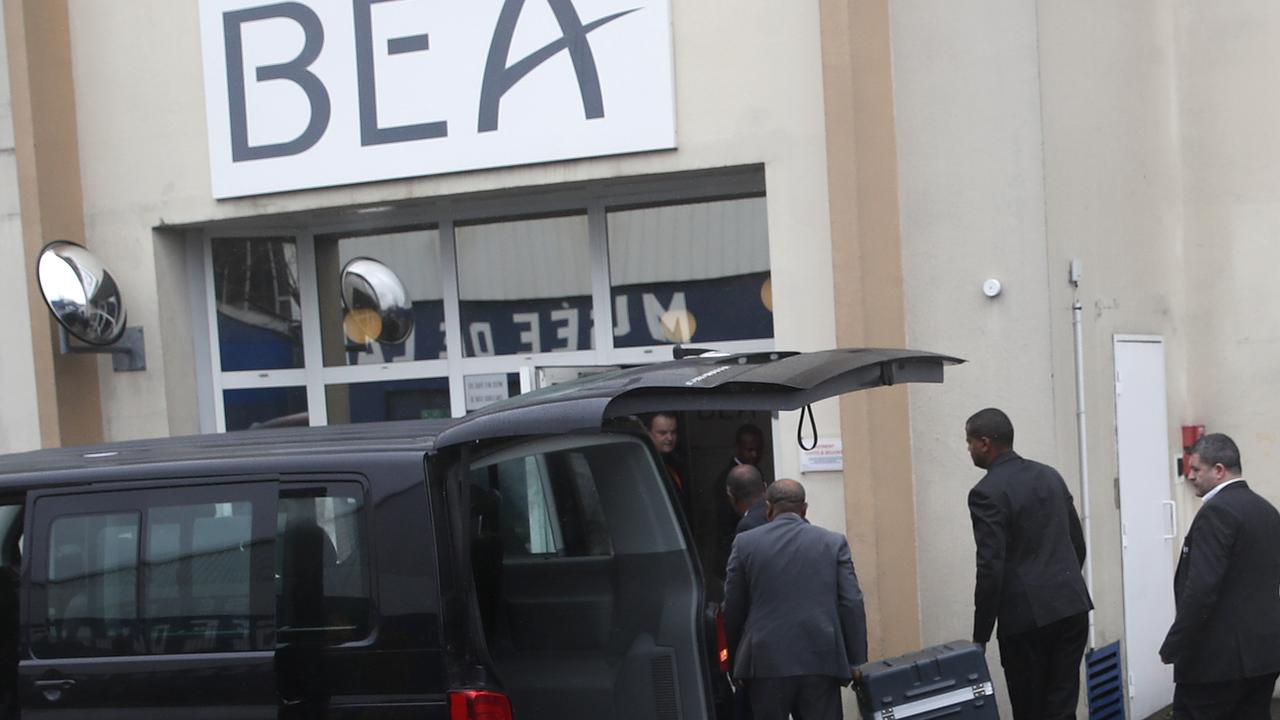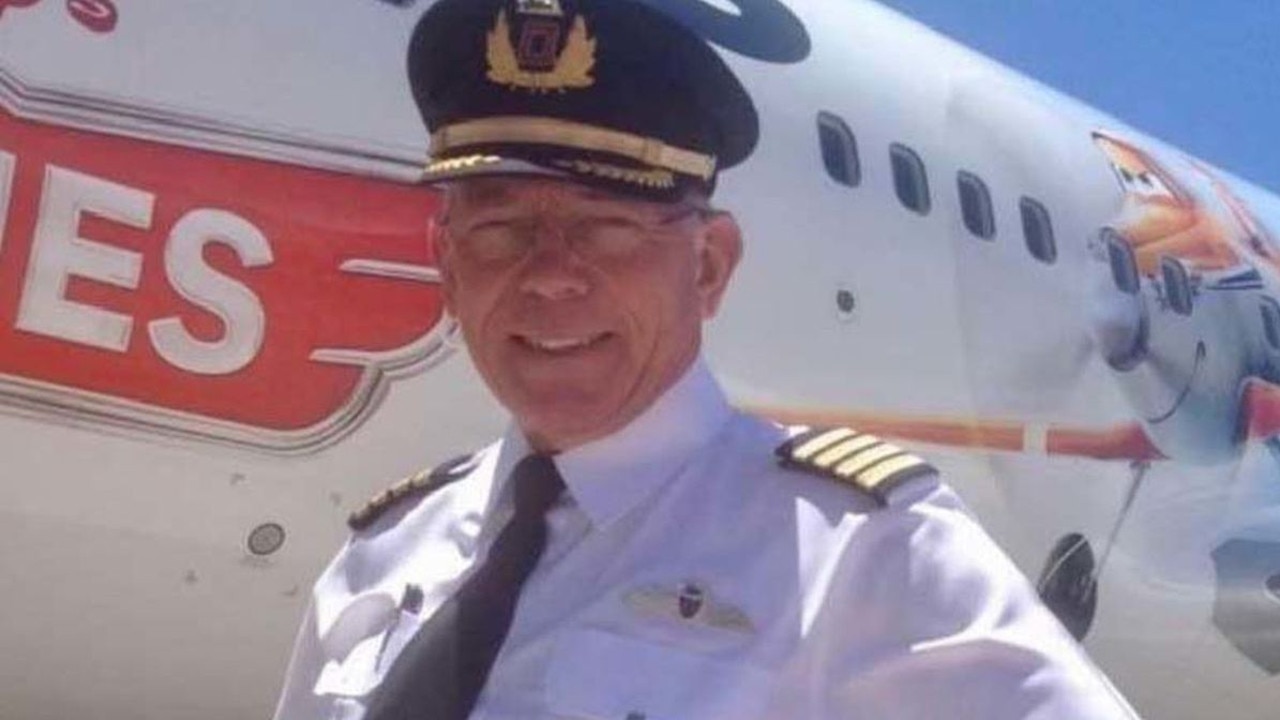Ethiopian Airlines crash had ‘clear similarities’ to Lion Air Boeing 737 MAX disaster
Investigators have scoured flight data from the crashed Boeing 737 MAX 8 plane. What they found was deeply concerning.
The Ethiopian Airlines crash bears “clear similarities” to the earlier Lion Air Boeing 737 MAX disaster, newly downloaded black box data suggests.
Preliminary information from the flight data recorder of an Ethiopian Airlines plane that crashed a week ago and killed 157 people shows “clear similarities” with an earlier disaster involving the same kind of Boeing aircraft in Indonesia, Ethiopia’s transport minister said.
The disclosure came as thousands marched in the capital of Addis Ababa, accompanying 17 empty caskets at a funeral for the Ethiopian victims of flight 302.

The caskets were empty because authorities have said that recovering and identifying the remains will take months.
The crashes of Ethiopian Airlines flight 302 on March 10 and a Lion Air plane in Indonesia in October — both of them Boeing 737 MAX 8 jetliners — have prompted the United States and other countries to ground the aircraft. The flight recorders from flight 302 that went down shortly after takeoff from Addis Ababa for Nairobi were recovered “in a good condition that enabled us to extract almost all the data inside” Transport Minister Dagmawit Moges told reporters.

Information collected so far from the flight data recorder had indicated “clear similarities” between both crashes, she said. Both the flight data recorder and the cockpit voice recorder were sent to Paris for analysis by the French air accident investigation agency BEA.
Mr Moges did not elaborate on what the similarities were.
The US Federal Aviation Administration already has said satellite-based tracking data showed the movements of flight 302 were similar to those of Lion Air flight 610 on 29 October last year, which crashed off Indonesia just 12 minutes after takeoff, killing 189 people. Both planes flew with erratic altitude changes that could indicate the pilots struggled to control the aircraft. Shortly after their takeoffs, both crews tried to return to the airports but crashed.

Suspicions emerged that faulty sensors and software may have contributed to the crashes.
Mr Moges said the Ethiopian government intended to release detailed findings within a month.
The report is likely worrying news for Boeing given both flights crashed soon after takeoff.
At the memorial service earlier in the day, some of the relatives who marched behind the flag-draped coffins were overcome with grief and fainted. The service came one day after officials began delivering bags of scorched earth from the crash site to family members of the victims because of the problems with identifying the remains.
Family members said they were given a one kilogram sack of dirt from the crash site. Many relatives already have gone to the dusty field outside Addis Ababa where the plane went down to pay their respects. Mourner Elias Bilew said he had worked with one of the victims, Sintayehu Shafi, for the past eight years.
“He was such a good person,” Mr Bilew said. “He doesn’t deserve this. He was the pillar for his whole family.”



